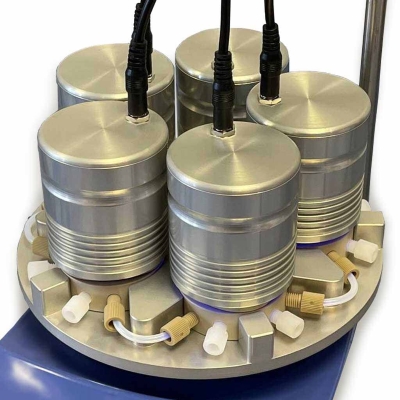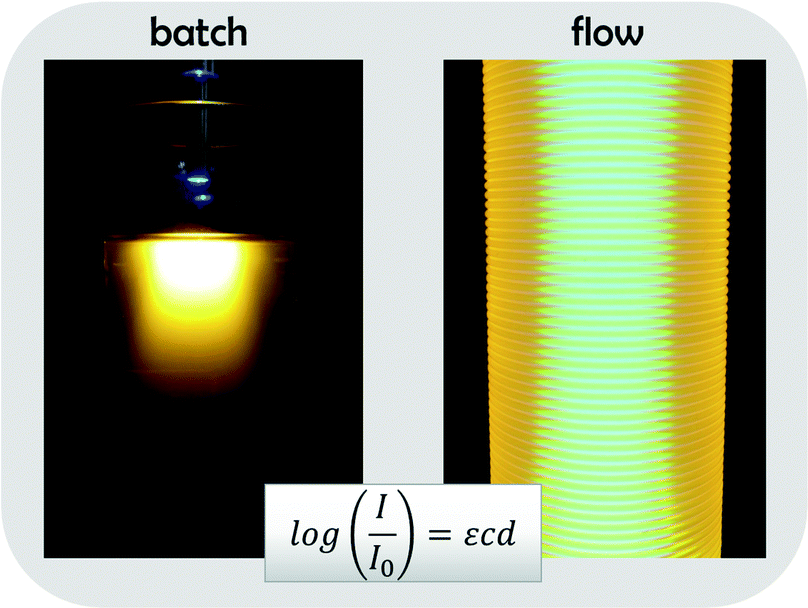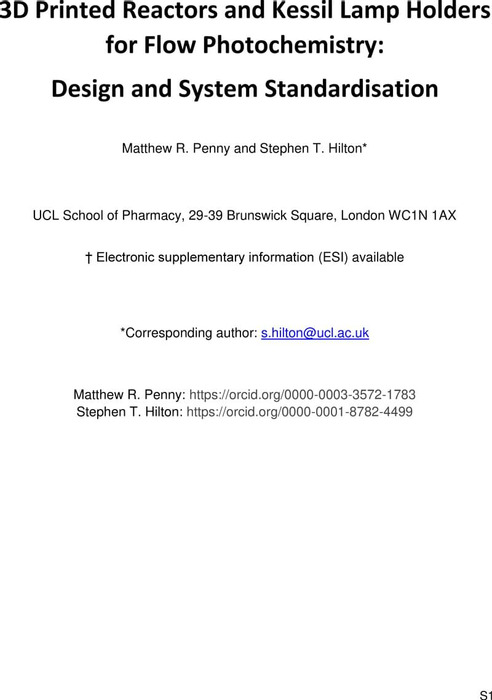
I nstead of an employee manually filling out a paper reimbursement form, they might click a few boxes on an online form, then submit the form electronically. The same systems can also accommodate rules-driven workflows, allowing designers to determine the sequence of tasks and events based on business rules. Now, computer systems can automate workflows by detecting triggers, assigning tasks, executing outcomes, and generating progress and status reports.
#WORKING FOR BOP PHOTOFLOW FLOW REVIEW MANUAL#
Although the chart is still in use today, it is an example of a manual workflow process that requires a human to track changes and keep it up to date. The chart creates a timeline for a project and uses horizontal bars to show the progress of each task required. If denied, they might have received a letter explaining the reason for the denial.Īn early example of a workflow organization tool is the Gantt Chart, invented by Henry Gantt, a mechanical engineer. If it was approved, the employee might have gotten a paper check. Someone from that department could then read over the request and decide what to do about it. The employee would fill out a paper form and hand-deliver it to the appropriate department. The outcome of the workflow process is either the employee getting reimbursed or the request getting denied. For example, a workflow might begin when an employee submits a request for expense reimbursement.

Once the sequence completes, it produces at least one outcome. We define workflow as a sequence of tasks. This new trend opens up more opportunities to improve a wider range of business processes. The rise of data and the move to a cloud-first world is changing the landscape of business processes and the workflows that support them. There’s a need for workflow tools now more than ever. Often described as a process that moves a document or task from one step to another, the ultimate goal of workflow is to improve the speed, reliability, and standardization of complex business processes. The concept of workflow has been around for decades.


Workflow management lets you automate tasks and processes so your company and team can focus on the most important things. They can also take a lot of time, distracting team members from more valuable work and projects.įortunately, there are ways to streamline the process of performing certain tasks, saving your team time and effort and reducing the risk of mistakes. Repetitive tasks can become boring for your team to perform and lead to mistakes. The tasks are often repetitive, meaning they stay the same day after day.
#WORKING FOR BOP PHOTOFLOW FLOW REVIEW SERIES#
Every day, you and your team have to complete a series of tasks.


 0 kommentar(er)
0 kommentar(er)
